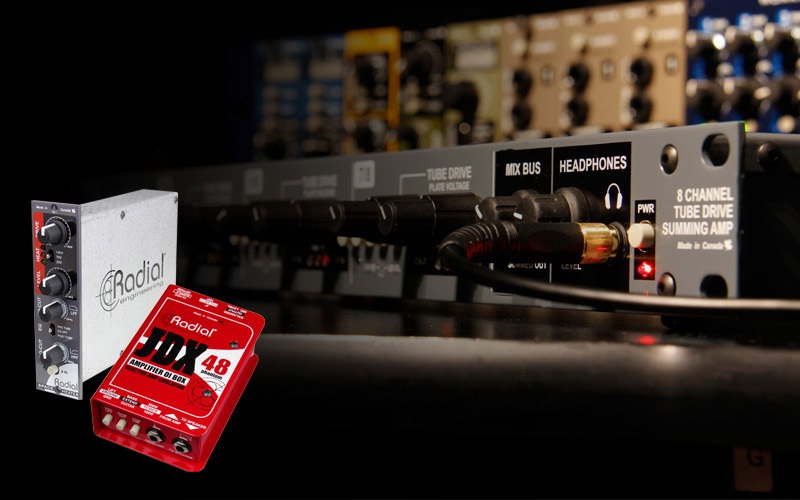
Additional Aspects
Testing the prototype circuit board is usually next in line and invariably, changes are needed to deal with noise, distortion and sound quality. And I’ll say it: all electronic engineers stretch the truth. Ask them “How does it sound?” and they invariably reply, “It sounds great, look at my scope.”
In other words, they don’t always use their ears, but rather rely totally on their equipment. I recall one instance when we were building a coil EQ and discovered that the prototype was noisy. As a solution, the engineer sourced a series of induction coils with individual shields, and after he had retrofitted the parts, he said it worked perfectly. Not so!
Although electronically it tested fine, it sounded absolutely awful. I sent him back to his cave and told him not to come back until it was fixed. He discovered that the small shield collapsed the coil’s natural magnetic field, causing the tone to shift. The problem was solved by building a mu-metal box around the complete EQ section to shield the sensitive coils from the power supply’s magnetic field.
Once the prototype circuit board and the steel chassis are built, they’re assembled to ensure they fit together properly and easily. Creating an enclosure that’s difficult to assemble on a shop floor adds labor costs, which in turn increases the end price. Fitting circuit boards into the steel chassis has become easier as parts such as switches and potentiometers get drawn into 3D and can be viewed in a virtual space.
The last piece of the puzzle is bringing the original artwork into the drawing. Unless one is diligent about temperature, getting the silk screening to adhere to the paint can be a challenge.
Finishing It Off
Because of the simplicity of our products, beta testing was usually done in house or by our development team. But as products became more complex it sometimes moved out of house, where we put beta units in the hands of qualified users. It’s a time-consuming process that can sometimes be frustrating, particularly when you’re working with techs who are on the road constantly.
Finally, if a product has any form of internal digital switching, it must be submitted for Federal Communications Commission (FCC) as well as Conformité Européenne (meaning European Conformity, and CE for short) evaluation and approval. Often Underwriters Laboratories and/or Canadian Standards Association (CSA) approval is necessary as well.
Additional aspects that must be part of the new product package include packaging that will withstand the UPS delivery gorilla, an owner’s manual, warranty cards, product support specialists, and more. And don’t get overlook things like marketing tools, competitive analysis, application notes, and photos for the press release.
Creating a new product is a big jigsaw puzzle that involves a team effort, plenty of documentation, and weekly (sometimes daily) meetings along the way. Our process could take six months from start to finish, and in some cases, years. Despite the challenges, headaches and heartache, I must admit that it was the part of the job that I truly enjoyed the most.
